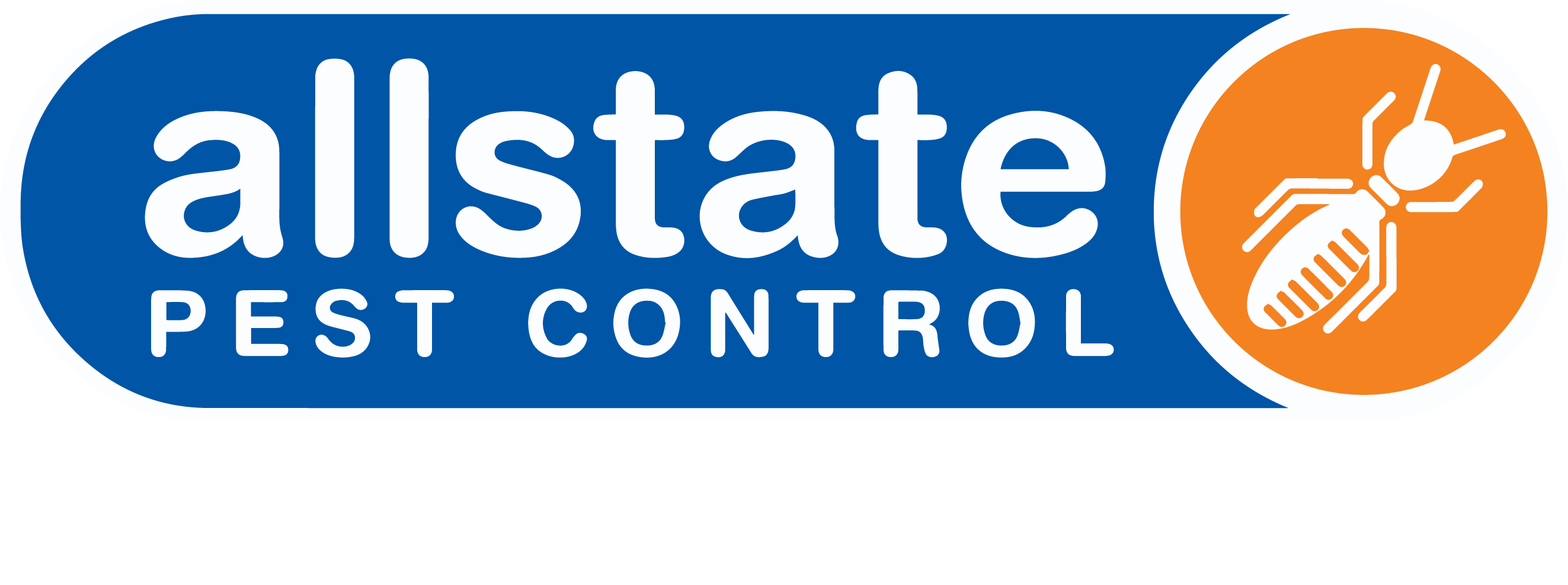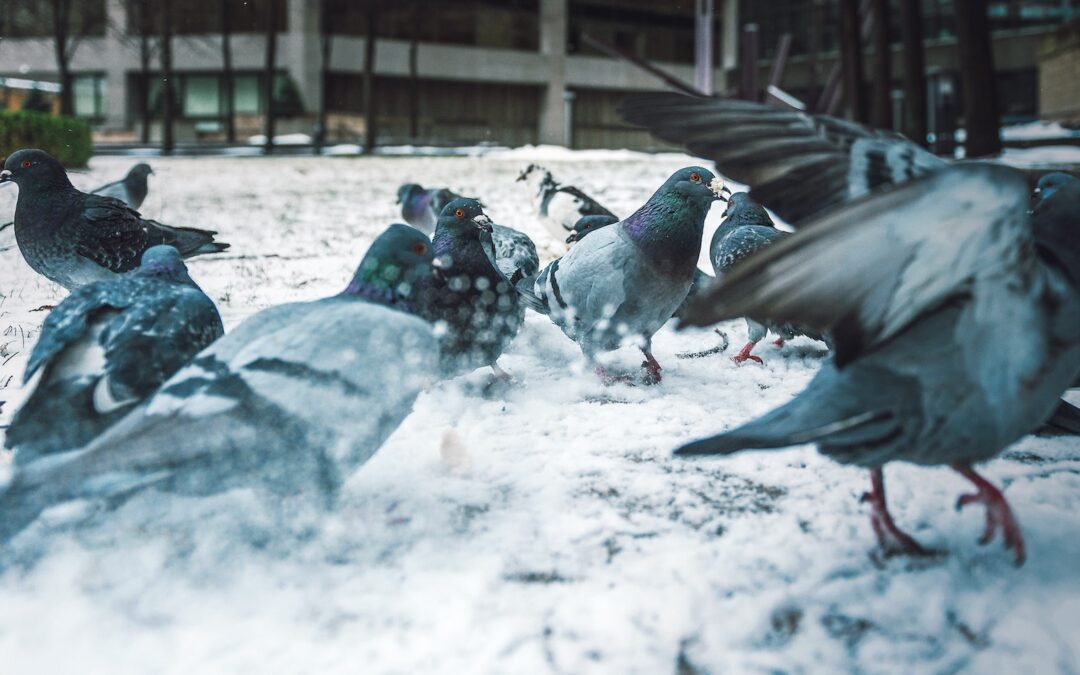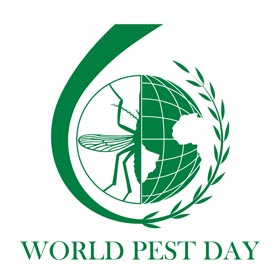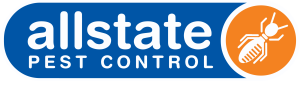
Ultimate Guide to Stored Product Pests
ULTIMATE GUIDE TO STORED PRODUCT PESTS
It can be frustrating to find tiny insects crawling around your kitchen pantry and helping themselves to your food before you’ve had a chance to enjoy it yourself. Many of stored product pests enter your home through contaminated packaged products, making your pantry pests a mess, spoiling your food and sometimes even damaging furniture and clothing. Even worse, some can fly, spreading the outbreak and causing a significant nuisance.
If you’re experiencing an invasion of stored product pests in your home or business, we discuss the seven most common ones you’re most likely to encounter and how to prevent them permanently. For more details, visit our pest control for manufacturing and industrial sectors.
What questions will this article answer?
Cigarette beetles
Though they are known for eating tobacco leaves, products and processed tobacco, cigarette beetles also eat grains, cereals, cardboard packaging, wool, fabric and leather.
Warehouse beetles
You’ll most commonly find warehouse beetles attacking dried food such as seeds in warehouse facilities and chewing through different types of packaging materials including cardboard, plastic and foil.
Flour beetles
Often detected in flour mills, bakeries, grain silos and anywhere with stored grain, including your kitchen pantry, flour beetles eat broken, milled and processed food such as flour, bran and oatmeal. However, they also eat nuts, seeds, spices and pet food. There are 2 main types of flour beetles: the confused flour beetle and red flour beetle.
Sawtoothed grain beetles
Best known for having raised “sawtooth” ridges on their thorax, sawtoothed beetles are associated with infestations in food storage and manufacturing facilities. They eat brown rice, walnuts, chocolate, sugar, dried fruit and tobacco.
Lesser grain beetles
Considered the biggest stored grain pest in Australia, lesser grain beetles have been known to contaminate tonnes of harvested grain every year such as wheat, corn and rice. They also feed on nuts, spices, dried fruit, beans and bird seed.
Grain weevils
There are three different species of grain weevils, including the rice, maize and granary weevil. You can find them in kitchen pantries lurking in whole grain kernels of food.
Indian meal moths
Indian meal moths are usually introduced to kitchen pantries through contaminated packaged food. Also known as pantry moths, these pests will eat a wide range of food including grains, pasta, nuts, spices, dried fruit and cocoa.
How to remove stored product pests
We recommend locating and removing the source of the outbreak. Inspect quiet areas and tiny cracks and crevices in cupboards, drawers and shelves. Dispose of all contaminated items in tightly wrapped plastic. You can disinfect affected items by freezing, applying high heat or using the microwave. Wipe down and vacuum affected areas.
Professional stored product pest control
We use a range of methods to prevente an infestation. This includes fumigation with non-residual and residual sprays, applying diatomaceous earth, aerosol fog and pheromone traps. We also offer follow up treatment as well as emergency call outs.
For safe and effective stored product pest prevention, choose Allstate
We offer a range of targeted treatments to safely prevente a large variety of stored product pests. All our technicians are licensed, highly trained and compliant with food standard HACCP. Our team is fully equipped to assist you with all urgent outbreaks 24/7 in commercial, industrial and residential settings.
Cigarette beetles
Though they are known for eating tobacco leaves and products and processed tobacco, you will also find cigarette beetles eating stored food products and other materials. These include grains, cereals, spices, nuts, cardboard packaging, wool, leather and clothing.
Appearance
- Adults are round-shaped, 2-3mm long, reddish-brown and covered with short hairs
- Larvae are curvy and hairy and can grow up to 4mm long
- Eggs are oval-shaped and white coloured
Problems they cause
Contaminate your food by:
- Larvae leave behind strands of silken webbing as they tunnel through your food
- Females lay eggs in and around stored food
Read more about cigarette beetles here
Warehouse beetles
As their name suggests, you’ll most commonly find warehouse beetles attacking dried food in warehouse facilities.
They can chew through different packaging materials, such as cardboard, plastic, and foil, to access their favourite foods, including seeds of all kinds, animal protein, and woollen fabric.
You can also find them crawling around rodent baits, rodent carcasses, bird and wasp nests as well as spider webs in search of food.
Appearance
- Winged, red-brown coloured with whitish bands across their body, oval-shaped and 3-5mm long
- Larvae are 5-8mm long, varying from yellow/white to dark brown in colour, and covered with red-brown hairs known as setae
- Often confused with the similar-looking Khapra beetle, but is not known to be present in Australia
Problems they cause
- Occasionally fly, become a distraction and general nuisance
- Larvae frequently shed and moult their outer casing, leaving behind an accumulation of casing remnants in your food
- Hair shedding by larvae can trigger allergies and cause illnesses such as asthma and gastroenteritis
Read more about warehouse beetles here
Flour beetles
Often detected in flour mills, bakeries, grain silos and anywhere with stored grain, including your kitchen pantry, flour beetles prefer eating broken, milled and processed food such as flour, bran and oatmeal. However, they also enjoy dried pet food and flowers, nuts, seeds, spices, beans and pasta. There are two main types of flour beetles: the confused flour beetle and the red flour grain beetle. You can differentiate between these types of beetles through the shape of their antennae.
Appearance
- 3-4mm long, red-brown coloured, oblong-shaped with antennae and wings
- Red flour beetles have three segments at the end of the antennae, whereas confused flour beetles have four segments
- Only red flour beetles can fly.
- Larvae are pale yellow to light brown coloured
Problems they cause
- When red flour beetles are agitated, they turn a pink colour and secrete a substance called quinone that causes flour also to turn pink, give off an unpleasant odour and taste mouldy
- Because flour beetles thrive in warm, humid environments, this can encourage the growth of mould in your food
- Flying red flour beetles can be a distraction and cause a general nuisance
Read more about flour beetles here.
Sawtoothed grain beetles
Best known for their raised “sawtooth” projections, saw toothed beetles are associated with infestations in food storage and manufacturing facilities and enter kitchen pantries through contaminated food.
They eat broken and damaged grain kernels rather than whole kernels, brown rice, walnuts, chocolate, sugar, dried fruit and tobacco.
Appearance
- Adults are flat, have three distinct segments, 2.5-3.5mm long, reddish brown coloured with antennae
- Look for six raised “sawtooth” ridges on both sides of their thorax and three on top
- Male sawtooth beetles have a tooth on their hind leg
- Larvae are yellow-white coloured with a brown head and six legs, grow up to 4mm long and are covered in hairs (setae)
- Eggs are 0.7mm long and white in colour
Problems they cause
- Their activity inside stored food items can increase the humidity, and higher levels of moisture breed mould and spoil your food
- Can penetrate well-sealed packaging and contaminate food
- Their flattened body makes it easy to hide and breed in hard-to-reach places, such as tiny cracks and crevices, to evade treatment.
Read more about sawtoothed grain beetles here.
Lesser grain beetles
Considered the most significant stored grain pest in Australia, lesser grain beetles have been known to contaminate tonnes of harvested grain yearly with common species such as wheat, corn and rice.
While they pose a serious agricultural threat, these pests can sometimes avoid detection and enter homes through contaminated products, including nuts, spices, dried fruit and meat, beans and birdseed.
They are also attracted to rodenticide baits, and tobacco products and have even been found in wooden furniture.
Appearance
- Adults are up to 3mm long, with a reddish-brown to black coloured, cylindrical-shaped body that is punctuated with indentations
- Larvae are curved, with white-coloured bodies and brown heads
Problems they cause
- Females bore holes into whole grain kernels to lay eggs, which hatch and develop into larvae inside the grain kernels. Once a fully formed adult exits the kernel, only hollow husks and large amounts of flour (frass) are left behind
- Larvae prevent their droppings outside grains, leaving behind a large accumulation of waste
- Damaged grain has a sweet and musty odour
- Adult beetles have been known to fly and spread infestations to different locations
Read more about lesser grain beetles here
Grain weevils
Three different species of grain weevils, including rice, maise, and granary weevils, are found in kitchen pantries and lurk in whole grain kernels of food.
Female grain weevils usually bore into grain kernels to lay eggs, which hatch and remain inside the kernel until a fully developed adult weevil emerges.
Appearance
- Adults are 3-3.5mm long, oblong-shaped, shiny red-brown to black-coloured insects with a pointed snout and covered in short yellow hairs
- Larvae are white in colour
Problems they cause
- In severe outbreaks, only a hollowed-out grain husk and large amounts of powdery white frass (droppings) are left behind
- They leave holes in whole grain kernels and reduce the quality of grain
- Heat and warm temperatures can accelerate the life cycle development of grain weevils into adults and cause grains to cake together, grow mould or even germinate
Read more about grain weevils here
Indian meal moths
Found in various stored food products, Indian meal moths are usually introduced to kitchen pantries through contaminated packaged food.
Also known as pantry moths, these pests eat a wide range of foods, including grains, pasta, nuts, spices, dried fruits, and cocoa.
Appearance
- Adults are approximately 1 cm long, with brown-tan tipped wings
- Larvae are creamy white coloured with a dark head and grow up to 2cm long
- Eggs are 0.3-0.5mm long and white coloured
Problems they cause
- Being small, they can penetrate well-sealed plastic packaging, crawl under poorly sealed lids and into tiny cracks and holes to contaminate stored food
- Adults fly around, creating a distraction and causing a general nuisance
- They hide in door hinges and corners of cupboards, making them hard to reach
- Larvae leave behind droppings and spin silken strands of webbing in your food
Read more about Indian meal moths here
How to remove stored product pests
The best way to manage an outbreak is to locate and remove the source. There are many ways this can be done, and in many cases, this is enough to fix the problem. Here are some tips:
- Carefully inspect quiet, warm, dusty areas to locate hiding insects, eggs, larvae, and skin-shedding remnants. This includes pantries, cupboards, shelving, cabinets, drawers, and underneath and behind the refrigerator and stove. Remember to lift carpets, rugs, furniture, and cardboard boxes. Inspect dead rodents and insects that you come across, as well as bird nests, wasp nests, and spider webbing.
- Clear the affected area by immediately disposing of all contaminated items by wrapping them tightly in sturdy plastic or burying them deep inside the ground.
- Conduct a deep, thorough clean by wiping, disinfecting, and vacuuming. This will help remove mould and as many stored foods and pests as possible. Pay attention to cracks and crevices where small food particles can accumulate and attract pests.
- You can disinfect items by applying intense heat, freezing or microwaving where appropriate.
- Inspect food items before bringing them inside in case they are contaminated, and store them in well-sealed, sturdy containers.
Having trouble removing stored product pests? Contact Allstate today
 or
or
Professional stored product pest control
At Allstate, we are always up-to-date with the latest and most effective pest prevention methods. This is how we approach stored product pest control:
Fumigation
We recommend applying different types of aerosol sprays to manage most outbreaks effectively.
Non-residual insecticide spray
Containing chemicals such as pyrethrins which are active for a short time, these fast-acting compounds are an excellent on-the-spot treatment for severe outbreaks.
Residual insecticide spray
For extra protection between treatments, we use insecticides such as synthetic pyrethroids, which remain active on surfaces for longer periods.
Diatomaceous earth
We may scatter food-grade diatomaceous earth in the affected area for severe infestations. This naturally occurring substance causes insects to lose moisture upon contact, dry out, and die.
Aerosol fog
We can deliver insecticides in an aerosol fog form as an alternative to fumigation.
Pheromone traps
As a valuable method to prevent and monitor outbreaks, we use sticky adhesive glue traps infused with pheromones to lure and immobilise male insects. This prevents them from mating with females and stops the breeding process.
Follow up treatment
While many insecticides are effective against adult stored pests and their larvae, they can be less successful against eggs yet to hatch. A fresh new outbreak may occur once the eggs have hatched weeks after your initial treatment. To avoid a new infestation, we recommend a follow-up treatment according to the invading pest insect’s life cycle.
In other situations, pests may breed out of sight in hard-to-reach areas that the initial treatment did not thoroughly penetrate.
This makes it harder to prevent an outbreak and means that usually weeks later, you will need additional treatments to safeguard your home.
Emergency call outs
Even though stored pests are tiny, an outbreak can sometimes escalate very quickly, leaving your pantry and food overrun with crawling and flying insects in a short period.
That’s why Allstate offers a 24/7 urgent callout service for solutions and advice when needed.
Manage stored product pests once and for all
 or
or
For safe and effective stored product pest removal, choose Allstate
Having pests crawling in the pantry or contaminating your business is not only stressful but also incredibly disruptive.
That’s why Allstate offers a range of targeted treatments to safely prevent a wide variety of stored product pests. Our technicians are licensed, highly trained, and fully equipped to assist you with urgent outbreaks 24/7 in commercial, industrial, and residential settings.
We always take precautions when applying and mixing chemicals for treatments. We only use approved products that are safe for people, pets, and the environment and fully compliant with the food standard HACCP.
Since 1986, Allstate has assisted homes and businesses throughout Adelaide’s suburbs with long-term protection from stored-product pests. We offer interest-free payment plans and a 100% satisfaction guarantee on all our services so that you can return to pest-free as soon as possible.









